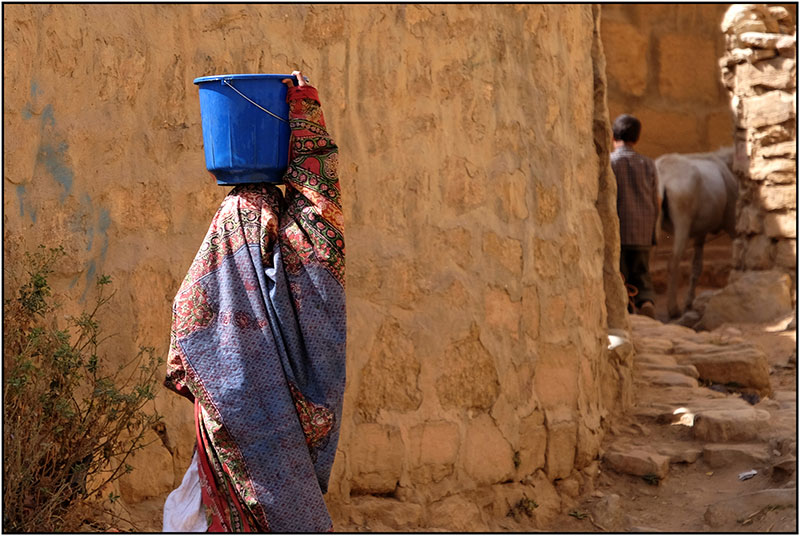Society Socotra Island Nestled in the Indian Ocean, Socotra Island stands as a remote and enigmatic jewel. While its stunning natural beauty is renowned worldwide, the island’s vibrant society remains a captivating tapestry of tradition, heritage, and resilience. In this journey through the heart of Socotra, we unveil ten intriguing portraits of society life on this unique island, where culture and nature coexist in harmony.
1. The Socotrans: A Proud and Resilient Community
Socotra’s indigenous people, known as Socotrans, form the backbone of the island’s society. They possess a rich cultural heritage passed down through generations, marked by distinct customs and a deep connection to the land.
2. Socotran Language: A Linguistic Gem
The Socotran language, spoken by the islanders, is a linguistic treasure. Rooted in ancient Semitic languages, it reflects the island’s historical isolation and its unique cultural evolution.
3. Traditional Attire: A Splash of Color and Tradition
Socotran men and women adorn themselves in traditional attire, characterized by vivid colors and intricate designs. These garments are not just clothing but a testament to their cultural identity.
4. Fishing Communities: Life by the Sea
Socotra’s coastal villages are bustling hubs of society life. Fishing is a way of life here, with nets cast into the cerulean waters every day to sustain families and communities.
5. Bedouin Nomads: Guardians of the Desert
The desert interior of Socotra is home to Bedouin nomads, who lead a semi-nomadic lifestyle. They have a deep knowledge of the island’s arid landscapes and are known for their hospitality.
6. Cultural Celebrations: Vibrant Festivals and Traditions
Socotrans celebrate a variety of cultural festivals, such as Eid al-Fitr and Eid al-Adha. These events are marked by traditional music, dance, and feasting, offering a glimpse into their joyous society life.
7. Trade and Barter: The Island’s Economy
Socotra’s economy thrives on trade and barter. Local markets known as “suqs” are vibrant centers where goods are exchanged, from locally grown produce to handmade crafts.
8. Eco-Friendly Practices: Living in Harmony with Nature
Socotrans have a deep respect for the island’s unique ecosystems. They practice sustainable agriculture and maintain a harmonious relationship with nature, understanding the delicate balance that sustains their society.
9. Traditional Medicine: Ancient Healing Wisdom
Traditional medicine plays a significant role in Socotra’s society life. Local healers, known as “tabibs,” use indigenous plants and herbs to treat various ailments, preserving ancient healing traditions.
10. The Socotra Dragon Blood Tree: A Symbol of Resilience
The iconic Dragon Blood Tree, endemic to Socotra, is not just a botanical wonder but a symbol of the island’s enduring spirit. It stands tall in the face of harsh conditions, much like the Socotran society that thrives here.
Preserving a Unique Way of Life
As Socotra opens its doors to the world, it faces the challenge of preserving its unique way of life. The delicate balance between tradition and progress is a theme that resonates through the island’s society. While embracing modernity and welcoming visitors, the Socotrans are determined to safeguard their cultural heritage and the pristine natural wonders that make Socotra Island an extraordinary place to explore.
As travelers venture to this remote paradise, they not only witness the stunning landscapes but also have the privilege of engaging with a society that has thrived against the odds, preserving its identity and traditions in the face of a changing world. In the heart of Socotra Island, culture and nature continue to dance in harmony, creating a unique and enduring tapestry of life.
Socotra Island is a place of remarkable beauty and cultural richness. Its society is a mosaic of traditions, languages, and customs that have evolved over centuries, coexisting harmoniously with the island’s breathtaking natural landscapes. From the resilient indigenous Socotrans to the Bedouin nomads of the desert interior, every facet of society on this island tells a story of heritage and adaptation.
Conclusion
The island’s vibrant society life is intertwined with its unique natural environment. Where sustainable practices and a deep respect for nature are paramount. The iconic Dragon Blood Tree stands as a symbol of resilience. Much like the people of Socotra who have endured and thrived in this remote paradise.
As Socotra Island embraces modernity and welcomes visitors from around the world, there is a collective determination to preserve the island’s cultural heritage and the delicate balance between tradition and progress. Travelers to this remote gem not only witness its stunning landscapes but also have the privilege of engaging with a society that cherishes its identity and traditions in the face of change.
Socotra Island serves as a living testament to the harmonious coexistence of culture and nature, reminding us of the importance of safeguarding both for future generations to cherish and appreciate. It is a place where the human society is an integral part of the island’s ecological and cultural tapestry, creating a unique and enduring legacy on this remote island in the Indian Ocean.

